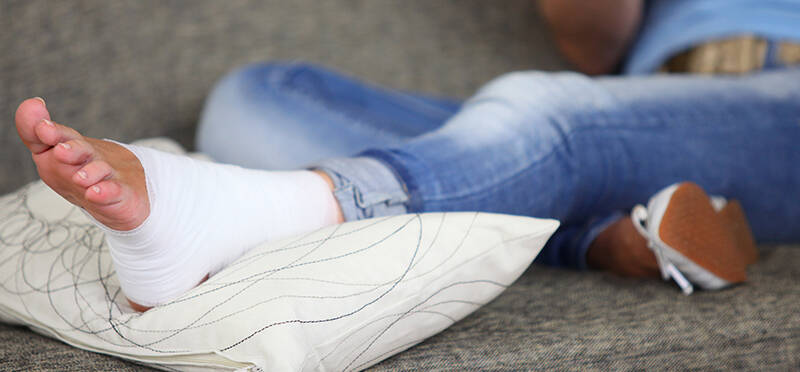5 Exercises For Runners With Ankle Pain
Posted on August 5, 2022 by Paige Gibbens, PT, DPT, MHA
Everyone knows exercise is a key component to staying healthy. With nicer weather comes more outdoor activities, including running. Running...
(more…)











